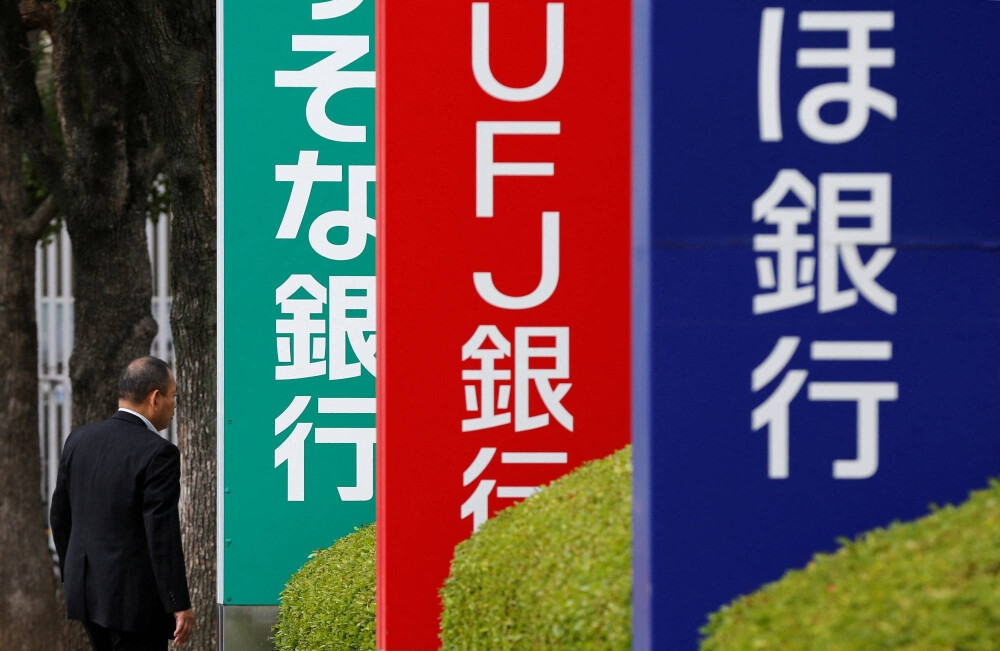
TOKYO – Japanese banks are locked in an increasingly fierce competition for deposits, raising interest rates on savings accounts as the era of negative interest rates fades into memory. One-year fixed-term deposit rates have breached the 1% threshold at several institutions, while rates on ordinary deposits continue their upward climb.
Nearly a year after the Bank of Japan (BOJ) abandoned its negative interest rate policy, a “world with interest rates” has firmly taken hold, fueling this battle for depositors. Internet-based banks are leading the charge, aggressively raising rates to attract customers.
"If we don't raise interest rates, we'll start bleeding deposits," stated Hidenori Tsunehisa, deputy president of Tokyo Kiraboshi Financial Group Inc., at a press conference on January 31. His remarks underscored the urgency of the situation.
UI Bank, a subsidiary of Tokyo Kiraboshi specializing in online banking, boosted its one-year fixed-term deposit rate from 0.55% to 1.0% on January 24, with a further increase to 1.1% for new account holders for a limited time. ORIX Bank Corp. has followed suit, raising rates for its internet-exclusive e-Direct banking service to 1.0% for new one-year fixed-term deposit accounts.
Even some regional banks are joining the fray. The Bank of Yokohama is currently running a campaign offering 1.0% interest on one-year fixed-term deposits for customers who newly transfer or deposit at least ¥3 million.
In contrast, the major megabanks have maintained a more conservative approach, setting their one-year fixed-term deposit rates at around 0.125%. Analysts suggest these institutions, flush with lending capital and strong earnings, are in no rush to drastically increase deposit rates.
The disparity in rates reflects the different business models. Internet-based banks, unburdened by the costs of maintaining extensive physical branch networks, can offer significantly higher returns to attract depositors.
The BOJ's decision last March to end its negative interest rate policy and raise rates for the first time in 17 years set the stage for this competitive landscape. Subsequent rate hikes in July and January have brought the BOJ’s current policy rate to around 0.5%, directly influencing short-term interest rates offered by private financial institutions.
While fixed-term deposit rates vary depending on maturity, the one-year term has emerged as a key battleground in the deposit war. This trend suggests improving profit margins on loans.
BOJ Governor Kazuo Ueda indicated at a House of Representatives Budget Committee meeting on January 31 that the central bank would continue raising the policy rate if its economic and price forecasts materialize. This suggests that the rate-raising competition among private financial institutions is likely to persist.
However, the significant difference in earning power between major banks, which profit from lending and investment, and other institutions like internet-based banks raises questions about the long-term sustainability of this rate race. Financial analyst Hiroyuki Kubota suggests that the competition may ultimately become a test of financial strength.
[Copyright (c) Global Economic Times. All Rights Reserved.]





























